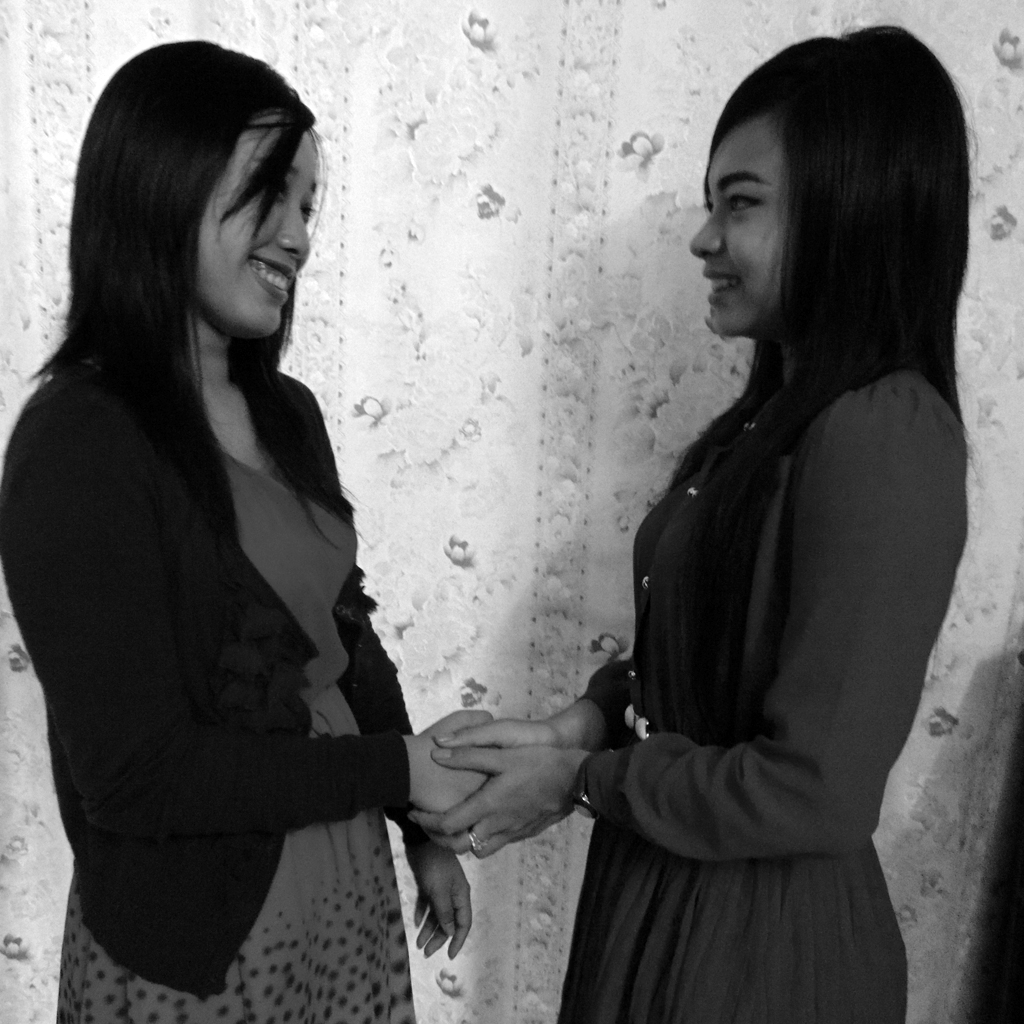This article examines Asian American bicultural personality, conventional qualities and traditions from root societies, and how they are still polished and celebrated by Asian American families and in groups. It additionally addresses the routes in which ethnic group impact the lives of the general population it serves including inhabitants, and also how people of different social foundations can add to the lives of everyone around them.
Inside a time of their entry in 1850, Chinese migrants in San Francisco set up a Chinatown. Others soon took after. Boston’s Chinatown was set up by 1875. Chinatown was then, as despite everything it is currently, a position of support and security where one could discover a bed, occupation, and social administrations; a position of social commonality where one could share regular sustenance, dialect, and traditions. Rejected from the bigger society, Chinatown was home.
Parallel examples of group improvement happened with Japanese workers who immediately settled Japantown’s and Little Tokyo’s in the 1890’s and with Filipino outsiders who settled in Manila town’s in the 1920’s all over the West Coast. Settler people group raised towns and family affiliations which recreated the social structure of their home towns. Sanctuaries and holy places were worked to save conventional religious practices while dialect schools were established to keep up the dialect and social honesty of the more youthful era. Asian dialect daily papers and periodicals gave an account of news in the country and also significant neighborhood issues in the group.
Early Asian people group were transcendently male since young fellows had been enlisted as workers. Ladies couldn’t go along with them in view of U.S. Congressional avoidance acts. Without numerous ladies, kids, or families, these “lone wolf social orders” were regularly forlorn. In 1900, for instance, Chinese men in the United States numbered around 85,000 while the quantity of Chinese ladies was under 2,000. Social associations and recreational exercises assumed basic parts in building a feeling of support and having a place. By the by, with every single new migrant prohibited and no ladies to create a moment era, the groups were sentenced to eradication.
Through a blend of inventiveness and good fortune, nonetheless, Chinese formulated an “additional legitimate” approach to maintain their group’s future. Taking after the 1906 San Francisco seismic tremor and fire, which pulverized all birth and movement records, numerous Chinese settlers proclaimed themselves to be U.S. subjects with kids, generally children, who were still in China. Since offspring of U.S. nationals were, by definition, additionally U.S. residents, this procedure made openings on paper for Chinese youngsters to enter the U.S. legitimately as natives regardless of the rejection demonstrations in the event that they could demonstrate their characters.



No Comments